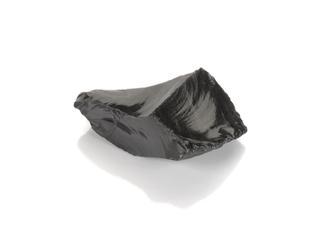










Physician's walking stick, bamboo, pommel consists of carved ivory skull with moveable eyes and jaw, English, 1740-1840
This walking stick is made from bamboo and topped with a carved ivory skull. Pressing a button at the back of the skull makes the jaw open and the eyes move. There are hallmarks on the neck of the stick which indicate it was made of silver, in London, by a Frederick Brasted.
The walking stick once belonged to a physician. It may be a signifier of his profession, but it may also have acted as a ‘memento mori’. This literally means a reminder of death. Memento mori remind people about the shortness of life and the inevitability of death. They come in different forms, including rings, brooches and clocks. They are usually decorated with imagery relating to death such as skulls and skeletons. You could be forgiven for worrying if you saw this while lying on your sick bed.
Details
- Category:
- Surgery
- Collection:
- Sir Henry Wellcome's Museum Collection
- Object Number:
- A121255
- Materials:
- bamboo and ferrule, copper, ? material
- Measurements:
-
overall: 928 mm x 47 mm x 48 mm, .18 kg
- type:
- walking stick
- credit:
- Loan, Wellcome Trust




